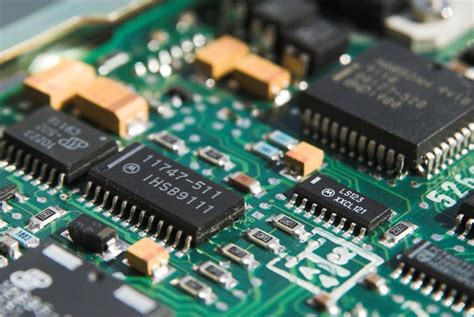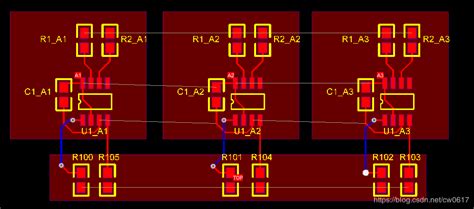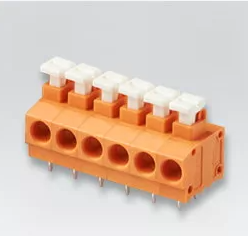Understand the technical requirements and production specifications of aluminum substrate PCB in one article
I. Technical requirements of aluminum substrate
The main technical requirements are:
Dimension requirements, including board size and deviation, thickness and deviation, verticality and warpage; appearance, including requirements for cracks, scratches, burrs and delamination, aluminum oxide film, etc.; performance, including peel strength, surface resistivity, minimum breakdown voltage, dielectric constant, flammability and thermal resistance.
Special testing methods for aluminum-based copper clad laminates:
The first is the dielectric constant and dielectric loss factor measurement method, which is a variable Q value series resonance method. The sample and the tuning capacitor are connected in series to the high-frequency circuit to measure the Q value of the series circuit;
The second is the thermal resistance measurement method, which is calculated by the ratio of the temperature difference between different temperature measurement points to the heat conductivity.
II. Aluminum substrate circuit production
(1) Mechanical processing: Aluminum substrates can be drilled, but no burrs are allowed on the inner edge of the hole after drilling, which will affect the withstand voltage test. Milling the shape is very difficult. For punching the shape, advanced molds are required. The mold making requires a lot of skills, which is one of the difficulties of aluminum substrates. After the shape is punched, the edges are required to be very neat, without any burrs, and the solder mask layer on the edge of the board should not be damaged. Usually, a military mold is used, the holes are punched from the circuit, the shape is punched from the aluminum surface, and the force applied when punching the circuit board is shearing up and pulling down, etc. These are all skills. After punching the shape, the warpage of the board should be less than 0.5%.
(2) The aluminum base surface must not be scratched during the entire production process:
the aluminum base surface will change color or turn black when touched by hand or exposed to certain chemicals, which is absolutely unacceptable. Some customers also do not accept re-polishing the aluminum base surface. Therefore, not scratching or touching the aluminum base surface during the entire process is one of the difficulties in producing aluminum substrates. Some companies use passivation technology, and some apply protective film before and after hot air leveling (spray tin)… There are many small tricks, and each one shows its magical power.
(3) Over-voltage test: Communication power aluminum substrates require 100% high-voltage testing.
Some customers require direct current, while others require alternating current. The voltage requirements are 1500V and 1600V, and the time is 5 seconds and 10 seconds. 100% of the printed circuit boards are tested. Dirt on the board surface, burrs on the edges of holes and aluminum substrates, line serrations, and any damage to the insulation layer will cause fire, leakage, and breakdown during the high-voltage test. Boards with delamination and blistering during the voltage test will be rejected.
III. Aluminum substrate PCB production specifications
- Aluminum substrates are often used in power devices with high power density, so the copper foil is relatively thick. If copper foil above 3oz is used, the etching process of thick copper foil requires engineering design line width compensation, otherwise, the line width after etching will be out of tolerance.
- The aluminum substrate of the aluminum substrate must be protected with a protective film in advance during the PCB processing process, otherwise, some chemicals will corrode the aluminum substrate, resulting in damage to the appearance. And the protective film is very easy to be damaged, resulting in gaps, which requires the entire PCB processing process to be inserted.
- The milling cutter used for fiberglass gongs is relatively small, while the milling cutter used for aluminum substrates is large. The milling cutter speed of fiberglass gongs is fast, while that of aluminum substrates is at least two-thirds slower.
- The computer milling fiberglass gongs can only use the machine’s own cooling system to dissipate heat, but when processing aluminum substrates, alcohol must be added to the gong head to dissipate heat.







